Allegheny National Forest
- December 22, 2023
- 0 comment
Located in the heart of Pennsylvania, the Allegheny National Forest stands as a verdant testament to the enduring beauty of America’s wilderness. Spanning over 500,000 acres, this vast expanse of public land is a haven for nature enthusiasts and outdoor adventurers alike. Enveloping the foothills of the Allegheny Mountains, the forest showcases a diverse tapestry of ecosystems, from lush hardwood forests to rolling hills and clear, babbling streams. Established in 1923, the Allegheny National Forest has since evolved into a cherished retreat, offering visitors a respite from the hustle and bustle of modern life.
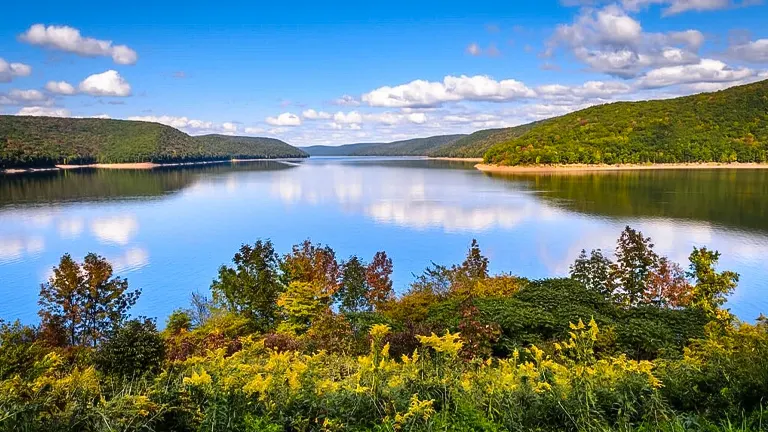
With over 600 miles of trails, opportunities for hiking, camping, and wildlife observation abound, providing an immersive experience for those seeking solace in the embrace of untamed landscapes. As the seasons change, so too does the forest’s allure, unveiling a kaleidoscope of colors in the fall and transforming into a winter wonderland when snow blankets the terrain. This living testament to conservation not only safeguards the region’s natural heritage but invites all who venture within its borders to discover the timeless wonders of the Allegheny National Forest.
Characterizing Features of the Allegheny National Forest
- Size and Location: Encompassing an expansive 513,175 acres, the ANF is strategically situated in Northwestern Pennsylvania, approximately 100 miles northeast of Pittsburgh. Its size and location make it a prominent landscape within the region.
- Kinzua Dam and Allegheny Reservoir: A prominent feature within the forest is the Kinzua Dam, strategically placed to impound the Allegheny River, resulting in the creation of the Allegheny Reservoir. This impressive water body not only enhances the visual appeal but also supports various aquatic ecosystems.
- Recreational Diversity, Including OHV Trails: The Allegheny National Forest offers a diverse range of recreational activities, including designated trails for Off-Highway Vehicles (OHVs). Enthusiasts can explore the forest in a regulated manner, adding an element of adventure to the recreational offerings.
- Oil and Gas Heritage: Rooted in the heart of Pennsylvania’s oil and gas region, the ANF has historical significance, being only 40 miles from the site of the first commercial oil well in the United States at Titusville. This heritage adds layers of historical and industrial context to the forest.
- Biodiversity and Evolution: Over the years, the forest has undergone a remarkable transformation, evolving from an 18th-century landscape dominated by Eastern Hemlock and American beech to its current composition of black cherry, maple, and other hardwoods. This evolution is a testament to the resilience of the ecosystem and the impact of historical exploitation.
- Forest Management: Managed by the Forest Service since 1923, the ANF has seen a shift in its composition due to timber exploitation in the early 20th century. The Forest Service’s commitment to sustainable practices and multiple-use management is reflected in the careful cultivation of hardwood trees like black cherry, ensuring a balance between conservation and utilization.
- Forest Plan and Wilderness Protection: The ongoing revision of the ANF’s Forest Plan, mandated by the National Forest Management Act of 1976, showcases the forest’s commitment to contemporary management practices. As part of this process, areas may be recommended for permanent protection under the Wilderness Act of 1964, highlighting the dedication to preserving natural habitats.
- Old-Growth Remnants: Despite extensive logging between 1890 and 1930, pockets of old-growth forest still exist within the ANF. Notably, areas like Hearts Content preserve the remnants of an ancient forest, providing a glimpse into the pristine landscapes that once dominated the region.
- Wildlife Habitat: The Allegheny National Forest is a haven for diverse wildlife. The managed forest areas, with their varying stages of growth, offer habitats for a wide array of species. This includes not only game species such as deer and turkey but also a rich variety of songbirds, ensuring a thriving and balanced ecosystem.
- Research and Management Initiatives: Beyond timber production, the Forest Service engages in ongoing research and management initiatives within the ANF. These efforts focus on addressing challenges like deer populations, insect infestations, diseases, and competition from other vegetation. Such initiatives underscore a commitment to informed and adaptive management practices.
- Wilderness Areas: The ANF boasts designated wilderness areas, including the Hickory Creek Wilderness Area and Allegheny Islands Wilderness Area, as per the Pennsylvania Wilderness Act of 1984. These areas provide undisturbed, natural landscapes, allowing visitors to experience the forest in its most pristine form.
- Cultural Heritage: The Allegheny National Forest is not only a natural treasure but also a repository of cultural heritage. The forest is home to historical sites, including remnants of early settlements, logging camps, and Native American artifacts. Interpretive programs and educational initiatives aim to preserve and share this rich cultural history with visitors.
- Changing Landscape: The ANF is subject to dynamic ecological processes and changes. Disturbances such as tornadoes, blowdowns, and ice storms contribute to the creation of a mosaic of openings in the forest canopy. These natural events, in combination with human intervention, shape the ever-evolving landscape of the forest.
- Recreational Diversity: The recreational offerings of the Allegheny National Forest extend beyond traditional activities. With trails for cross-country skiing, motorized recreation areas for all-terrain vehicles and snowmobiles, and fully accessible fishing piers, the forest caters to a diverse range of outdoor interests, ensuring a broad appeal to visitors.
- Low Population Density: Covering one of the least densely populated areas east of the Mississippi River, the Allegheny National Forest provides a serene and uncrowded environment for those seeking solitude and a deeper connection with nature.
History

Established in 1923, the Allegheny National Forest (ANF) in Northwestern Pennsylvania unfolds as a living chronicle of the region’s ecological evolution and human interaction with the landscape. The area’s history is deeply intertwined with the boom of the oil and gas industry, situated a mere 40 miles from the site of the United States’ first commercial oil well in Titusville. Two hundred years ago, the forest predominantly featured Eastern Hemlock and American beech, but rampant logging between 1890 and 1930 transformed the scenery. The Forest Service took stewardship in 1923, implementing sustainable practices and reshaping the composition with hardwoods like black cherry. The ANF’s evolution reflects the delicate balance between conservation and utilization. Ongoing Forest Plan revisions, mandated by the National Forest Management Act of 1976, highlight the forest’s adaptability to contemporary conservation practices. Today, the Allegheny National Forest stands not only as a testament to the resilience of ecosystems but also as a dynamic space where history, conservation, and recreation seamlessly converge.
Importance in Conservation and Recreation of Allegheny National Forest
The Allegheny National Forest strikes a crucial balance between conservation and recreation, acting as a sanctuary for diverse ecosystems while also serving as a playground for outdoor enthusiasts. Its commitment to preserving biodiversity is evident in dedicated efforts to protect various plant and animal species, including remnants of ancient forests like Hearts Content. The forest’s practices in managing watersheds ensure clean water sources, benefiting both wildlife and nearby communities.

On the recreational front, the Allegheny National Forest has transformed into a haven for outdoor activities, offering an extensive network of trails, campgrounds, and facilities. From hiking and camping to fishing and winter sports, the forest caters to a wide range of nature lovers throughout the year. Its role as a recreational hub not only boosts local economies through tourism but also provides valuable educational opportunities for visitors to connect with the natural environment. Ultimately, the Allegheny National Forest exemplifies a harmonious coexistence, where both conservation and recreation thrive, enriching both the environment and the human experience.
Unique Location of Allegheny National Forest
Located in Northwestern Pennsylvania, the Allegheny National Forest occupies a unique and strategically positioned landscape approximately 100 miles northeast of Pittsburgh. Its distinctive location places it within the Allegheny Plateau, a region known for its diverse topography and natural wonders. The forest is a mere 40 miles from Titusville, the birthplace of the United States’ first commercial oil well, underlining its historical significance in the development of the oil and gas industry.
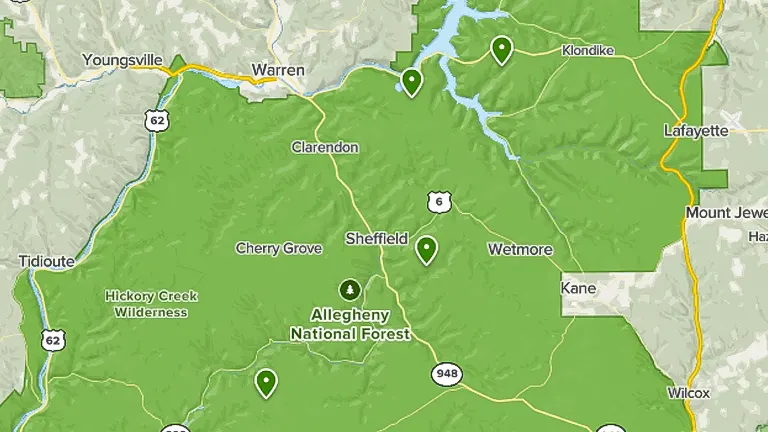
What sets the Allegheny National Forest apart is its proximity to the Kinzua Dam, a monumental structure that not only regulates the flow of the Allegheny River but also forms the expansive Allegheny Reservoir, contributing to the region’s scenic beauty. This strategic position positions the forest as a gateway to both historical industrial heritage and breathtaking natural landscapes, making it a unique destination for exploration and discovery.
Diverse Vegetation and Unique Plant Species:
- Black Cherry (Prunus serotina): Black cherry trees are abundant in the Allegheny National Forest and play a crucial role in the ecosystem. They are both economically valuable for timber and provide essential habitat and food for wildlife.
- Eastern Hemlock (Tsuga canadensis): Despite facing historical challenges, Eastern Hemlocks persist in the ANF, showcasing their resilience. These trees contribute to the forest’s unique character and provide crucial shade for aquatic ecosystems.
- American Beech (Fagus grandifolia): A deciduous giant, the American beech is integral to the forest’s composition, offering mast production for wildlife and contributing to the diverse canopy.
- Sugar Maple (Acer saccharum): The sugar maple adds vibrant colors to the forest in the fall, making significant contributions to the visual appeal of the landscape and supporting diverse wildlife.
- White Pine (Pinus strobus): Occurring in well-defined areas, white pine contributes to the forest’s diverse structure and offers habitat for various bird species.
- Chestnut (Castanea): Though reduced in number, chestnut trees are a living reminder of the forest’s ecological history, contributing to its biodiversity.
- Red Maple (Acer rubrum): Known for its stunning red foliage, the red maple enhances the visual diversity of the forest and provides habitat for numerous species.
- Trillium (Trillium): These delicate wildflowers bloom in the understory, adding to the rich biodiversity of the forest floor and serving as indicators of ecosystem health.
- Birch (Betula): Various birch species contribute to the mosaic of flora, with their distinctive bark and leaves adding to the visual appeal of the forest.
- Ferns (Various species): Ferns blanket the forest floor, creating a lush understory and contributing to soil health and moisture retention.
- Bee Balm (Monarda): Native bee balm attracts pollinators, supporting the forest’s ecosystem by facilitating plant reproduction and promoting biodiversity.
- Wild Berries (Various species): The ANF is home to a variety of wild berries, providing essential food for wildlife and offering a seasonal treat for foragers and visitors.
- Hickory (Carya): Hickory trees, with their distinctive nuts, contribute to the diversity of hardwoods in the forest and provide sustenance for wildlife.
- Oak (Quercus): Various oak species support diverse wildlife, as their acorns are a critical food source for numerous species, including deer and turkeys.
- Goldenrod (Solidago): These vibrant flowering plants add aesthetic beauty to the landscape and provide nectar for pollinators.
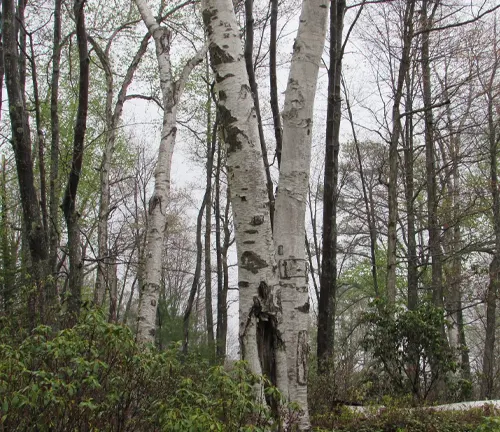
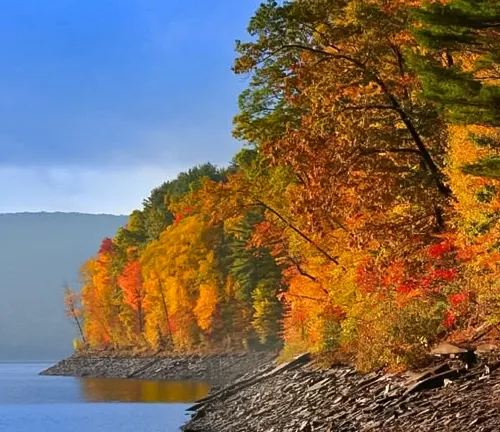
Fauna:
- White-Tailed Deer (Odocoileus virginianus): Abundant in the ANF, white-tailed deer are well-adapted to the forest’s mixed hardwood and coniferous habitats, finding ample food and cover.
- Wild Turkey (Meleagris gallopavo): The forest provides ideal conditions for wild turkeys, offering a mix of wooded areas for roosting and open spaces for foraging.
- Black Bear (Ursus americanus): The ANF’s diverse vegetation and abundant food sources, including berries and acorns, make it an ideal habitat for black bears.
- Eastern Gray Squirrel (Sciurus carolinensis): These agile squirrels thrive in the forest’s deciduous and mixed hardwood areas, relying on the abundance of nuts and seeds.
- Ruffed Grouse (Bonasa umbellus): The forest’s mix of young and mature woodlands provides optimal conditions for ruffed grouse, supporting their courtship displays and nesting requirements.
- Bobcat (Lynx rufus): The ANF’s expansive and relatively undisturbed landscape offers suitable habitats for bobcats, allowing them to roam and hunt effectively.
- Coyote (Canis latrans): Coyotes find ample prey and open spaces in the ANF, adapting well to the varied landscape of the forest.
- Red Fox (Vulpes vulpes): The forest’s mix of woodlands and open areas provides red foxes with suitable habitats for hunting and denning.
- Eastern Cottontail Rabbit (Sylvilagus floridanus): Abundant in the ANF, cottontail rabbits thrive in the forest’s understory and open areas, relying on a diverse diet of vegetation.
- Beaver (Castor canadensis): The ANF’s numerous water bodies and wetlands provide ideal conditions for beavers to construct their dams and create habitats.
- Eastern Timber Rattlesnake (Crotalus horridus): Found in the forest’s diverse ecosystems, the eastern timber rattlesnake plays a role in controlling rodent populations and is an important component of the ecosystem.
- Bald Eagle (Haliaeetus leucocephalus): The ANF’s water bodies, including the Allegheny Reservoir, provide prime fishing grounds for bald eagles, contributing to their successful nesting and breeding in the area.
- Brook Trout (Salvelinus fontinalis): Thriving in the forest’s cold, clear streams, brook trout are native to the region and contribute to the ecological health of aquatic ecosystems.
- Woodcock (Scolopax minor): The ANF’s diverse forested areas offer suitable habitats for woodcocks during their breeding and nesting seasons.
- Eastern Box Turtle (Terrapene carolina): The forest provides suitable environments for eastern box turtles, offering a mix of wooded areas and open spaces for foraging and nesting.

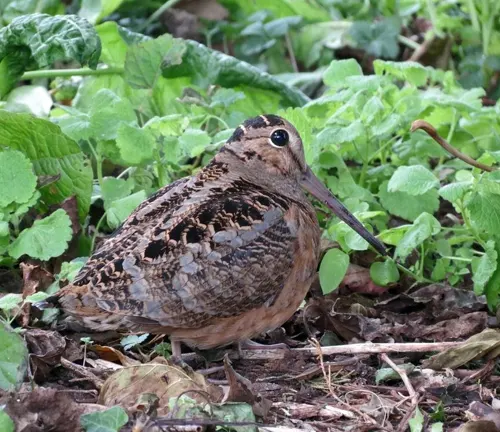
Importance as a Wildlife Corridor and Habitat for Threatened Species
The Allegheny National Forest (ANF) stands as a vital stronghold for biodiversity, playing a pivotal role as both a wildlife corridor and a sanctuary for threatened species. Functioning as a crucial corridor, the forest facilitates the unimpeded movement of various wildlife species across a diverse landscape, ensuring genetic diversity and preventing isolated populations. Notably, the ANF serves as a haven for threatened species such as the bald eagle, benefiting from the expansive and undisturbed habitats, particularly around water bodies like the Allegheny Reservoir. The eastern timber rattlesnake, designated as threatened in Pennsylvania, finds refuge in the forest’s diverse ecosystems, underlining the ANF’s significance in preserving critical habitats for vulnerable species.

Additionally, native brook trout populations thrive in the clean, cold streams of the forest, contributing to the overall health of aquatic ecosystems. Beyond individual species, the ANF safeguards woodland vernal pools and cultural heritage species, further emphasizing its role as a conservator of genetic diversity. In essence, the Allegheny National Forest not only acts as a lifeline for wildlife movement but also stands as a resilient refuge, safeguarding threatened species and contributing to the broader conservation landscape.
Activities in Allegheny National Forest for Visitors
1. Hiking
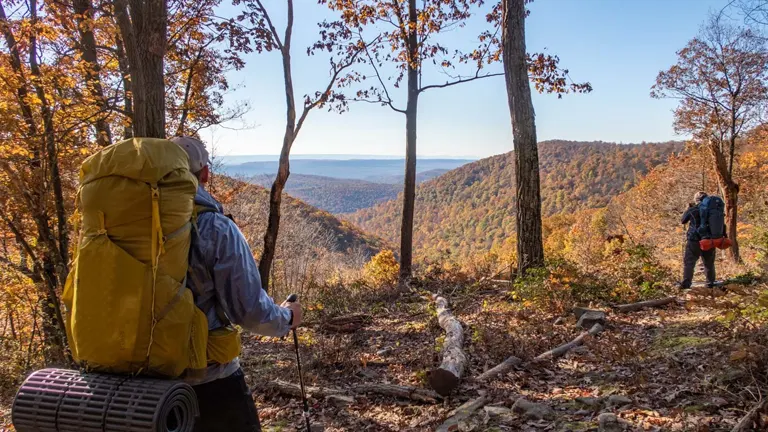
The forest features an extensive trail system, providing hikers with diverse landscapes, from dense woodlands to scenic overlooks. It’s a great way to intimately experience the ANF’s natural beauty and encounter various flora and fauna.
2. Camping
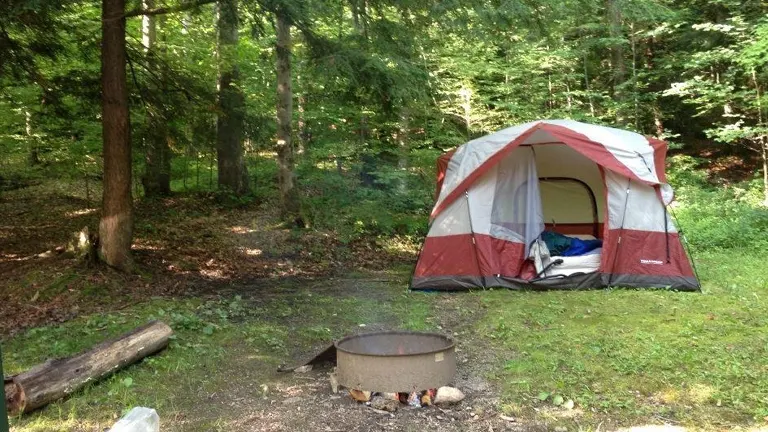
Numerous campgrounds offer a serene escape into nature, providing a unique opportunity to immerse oneself in the tranquility of the wilderness. Camping allows visitors to connect with the environment and enjoy the peaceful sounds of the forest.
3. Fishing
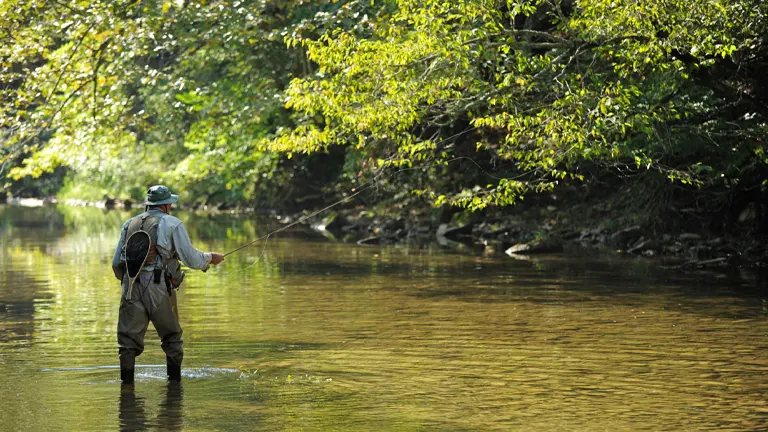
The ANF’s pristine streams, rivers, and Allegheny Reservoir offer excellent fishing opportunities. Beyond recreation, responsible angling contributes to conservation efforts, making it a rewarding and sustainable activity.
4. Boating
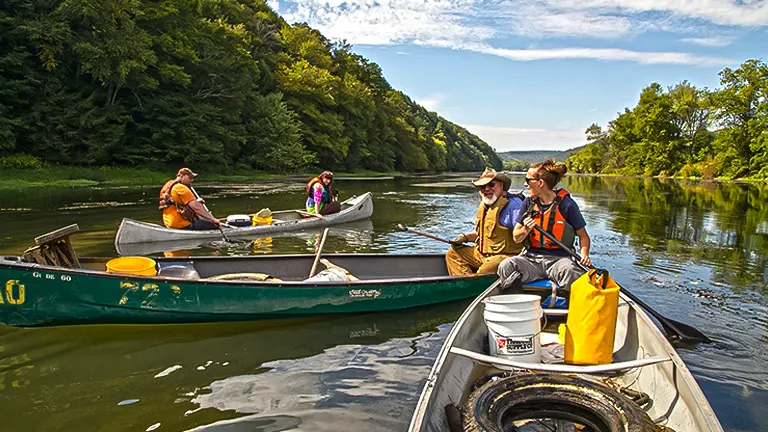
Boating on the Allegheny Reservoir provides a unique perspective of the forest. It’s an ideal way to explore the scenic shoreline, appreciate the forest from a different vantage point, and enjoy the tranquility of the water.
5. Scenic Drives
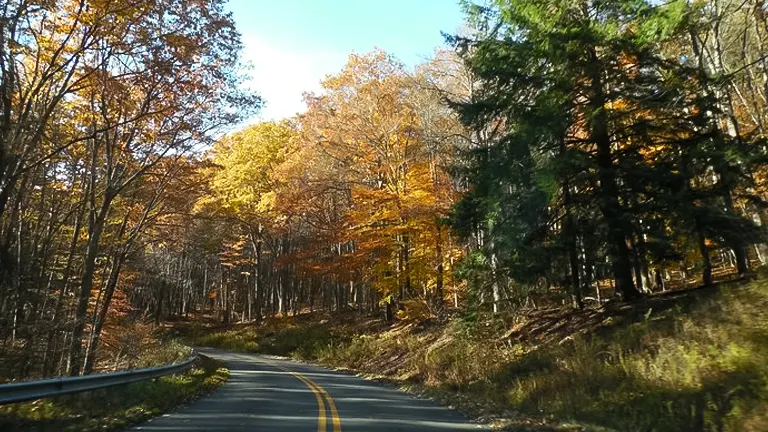
Scenic byways, such as the Longhouse National Scenic Byway, offer breathtaking views. Taking a drive allows visitors to witness the vastness and natural wonders of the ANF, especially for those who prefer a more relaxed exploration.
6. Wildlife Watching

The forest is home to diverse wildlife, making it an excellent destination for wildlife enthusiasts. Observing animals in their natural habitat provides a deeper understanding of the ecosystem and fosters appreciation for biodiversity.
7. Winter Sports
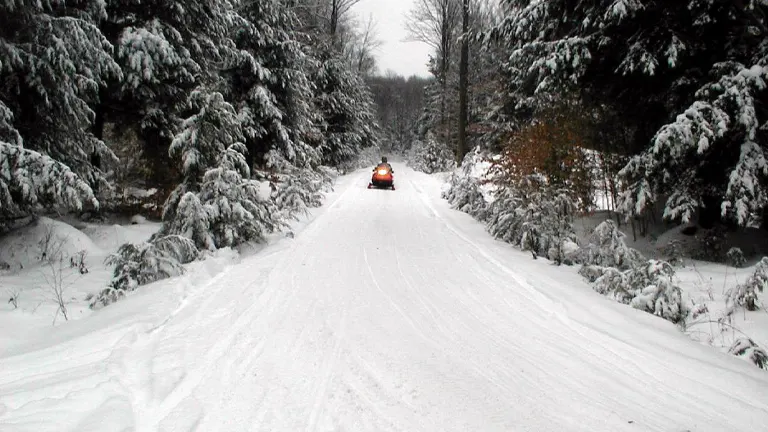
In winter, the ANF transforms into a snowy landscape, offering opportunities for cross-country skiing and snowmobiling. Winter sports enthusiasts can enjoy the seasonal beauty and explore the forest in a different light.
8. Photography

The changing seasons in the ANF provide picturesque landscapes for photography. From vibrant fall foliage to serene winter scenes, photography allows visitors to capture and share the beauty of the forest.
9. Educational Programs
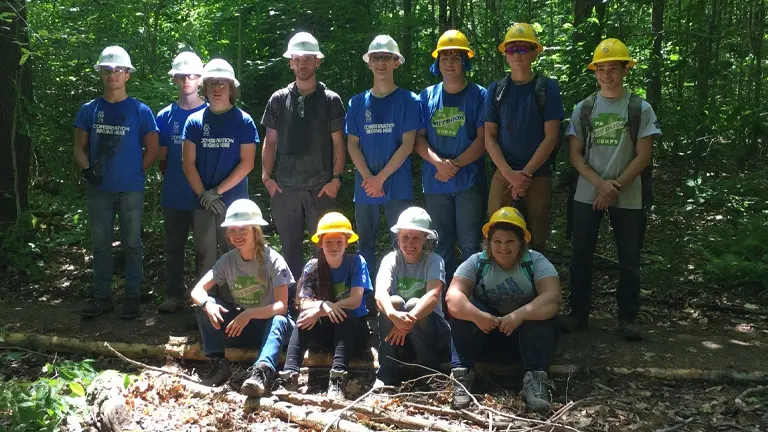
Participating in interpretive programs and guided tours enhances the visitor experience by providing insights into the forest’s ecology and cultural significance. Educational programs foster a deeper appreciation and connection with the ANF.
Conservation and Management
- Sustainable Forest Management: In the Allegheny National Forest, conservation and management efforts are guided by sustainable forest management principles. Overseen by the U.S. Forest Service (USFS), this approach seeks to balance the ecological needs of the forest with the provision of public benefits, ensuring responsible utilization of its resources.
- Timber Harvesting and Sustainability: Timber harvesting within the forest adheres to strict guidelines set by the Forest Service. Emphasizing sustainability, the objective is to meet timber demand while maintaining the overall health of the forest ecosystem.
- Watershed Management: Paramount to the conservation strategy is watershed management, prioritizing clean water availability. The primary goal is to protect aquatic habitats, support fisheries, and maintain water quality for both wildlife and local communities.
- Wildlife Conservation: Diverse wildlife inhabits the Allegheny National Forest, and conservation efforts focus on protecting and managing these species. This approach contributes to the overall health of the ecosystem and ensures the survival of various species.
- Old-Growth Forest Restoration: Restoration efforts aim to recreate the conditions of the original forest, promoting diverse ecosystems and providing habitats for native species. This contributes to maintaining the forest’s resilience.
- Invasive Species Management: Invasive species pose a threat to native flora and fauna, making management strategies crucial. Efforts involve controlling and mitigating the impact of invasive species on the ecosystem.
- Recreation Management: Balancing recreation with conservation is a priority. Managed recreation aims to minimize negative impacts on habitats, wildlife, and overall ecosystem health.
- Forest Planning and Public Involvement: Mandated by the National Forest Management Act of 1976, forest planning involves extensive public involvement. This ensures that diverse perspectives are considered, fostering transparency and responsible forest management.
- Research and Monitoring: Ongoing research and monitoring programs provide valuable insights into the forest’s health and dynamics. These scientific endeavors support evidence-based decision-making and help adapt management strategies to changing environmental conditions.
- Conservation Partnerships: Collaboration with local communities, conservation organizations, and government agencies strengthens conservation efforts. These partnerships enhance the collective capacity to address complex challenges, share resources, and implement effective management practices.
Recommendation
I strongly suggest discovering the Allegheny National Forest for a captivating fusion of natural splendor and cultural significance. With its diverse ecosystems, iconic landmarks, and recreational possibilities, the forest provides a distinctive and immersive encounter. Participate in responsible outdoor pursuits, including hiking and wildlife observation, while honoring ongoing conservation endeavors. The picturesque routes, historical sites, and cooperative conservation programs render the Allegheny National Forest an essential destination for those in search of a harmonious blend of nature and recreation.
Conclusion
In summary, the Allegheny National Forest, nestled in Northwestern Pennsylvania, embodies a captivating blend of history and nature. From its roots in the region’s oil and gas heritage to the careful forest management by the U.S. Forest Service, the forest tells a story of resilience and evolution. Serving as both a haven for diverse ecosystems and a recreational retreat, the Allegheny National Forest offers activities ranging from hiking to Off-Highway Vehicle (OHV) trails. Its commitment to collaborative conservation initiatives underscores a harmonious balance between environmental preservation and public enjoyment. As visitors explore its scenic drives and historical sites, the forest emerges as a testament to the enduring coexistence of conservation, recreation, and the timeless allure of the natural world.
Encouraging Responsible Visitation
Reflecting on my time in the Allegheny National Forest, I am inspired to promote mindful exploration. This vibrant and evolving ecosystem flourishes when visitors embrace responsible engagement. Whether you’re a passionate hiker, a photography enthusiast, or a family seeking a weekend getaway, every moment spent in the Allegheny National Forest provides an opportunity to actively contribute to its conservation.
FAQs
- What hidden gems can be found in Allegheny National Forest?
Allegheny National Forest conceals treasures like Hearts Content, preserving remnants of an ancient forest. These hidden gems offer a unique glimpse into the region’s pristine landscapes and historical significance. - Are there any lesser-known recreational activities in Allegheny National Forest?
Beyond the usual hiking and wildlife observation, Allegheny National Forest surprises visitors with lesser-known activities such as birdwatching and geocaching, adding an element of discovery to the forest experience. - How does Allegheny National Forest blend history with nature?
The forest weaves a unique narrative by blending its oil and gas heritage with natural beauty. Visitors can explore historical sites like old logging camps, providing an immersive cultural experience amidst the wilderness. - Can you share a lesser-known fact about Allegheny National Forest’s wildlife?
The forest hosts a diverse array of wildlife, including elusive species like the Eastern wolf and cougar, adding a touch of mystery to the ecosystem. Conservation efforts aim to protect these unique inhabitants. - What makes Allegheny National Forest’s OHV trails distinctive?
Allegheny National Forest’s Off-Highway Vehicle (OHV) trails offer a thrilling experience, winding through picturesque landscapes. These regulated trails provide a unique way to explore the forest responsibly. - How does Allegheny National Forest embrace modern conservation practices?
The forest embraces cutting-edge conservation by incorporating technology in monitoring wildlife and vegetation. Modern approaches ensure that conservation efforts remain dynamic and responsive to evolving ecological challenges. - What surprising cultural artifacts can be found in Allegheny National Forest?
The forest holds unexpected cultural treasures, including forgotten relics from early settlements and logging camps. Exploring these artifacts provides a fascinating glimpse into the region’s history. - How do visitors contribute to Allegheny National Forest’s conservation in a hands-on way?
Beyond following trail regulations, visitors can actively participate in tree planting programs and wildlife monitoring initiatives. These hands-on experiences empower visitors to directly contribute to the forest’s ongoing preservation.
As you conclude your exploration of Allegheny National Forest, you leave behind the serene echoes of rustling leaves and hidden wonders. This natural sanctuary, with its historic roots and vibrant ecosystems, invites you to connect with the essence of the Pennsylvania wilderness. As you bid adieu, carry with you the memories of ancient trees, diverse wildlife, and the harmonious balance between conservation and recreation. Until your next venture into Allegheny National Forest, the allure of its landscapes lingers, a reminder of the timeless beauty woven into its sprawling embrace.



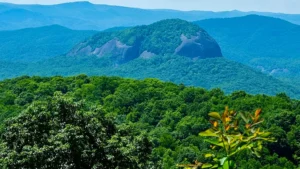
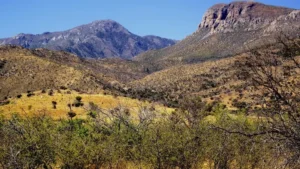
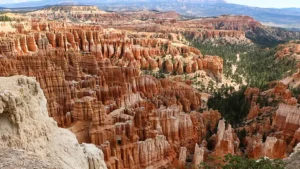

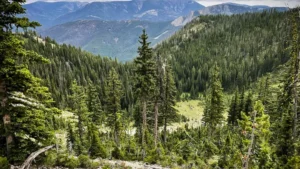
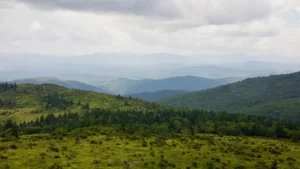


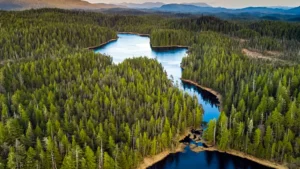

Leave your comment